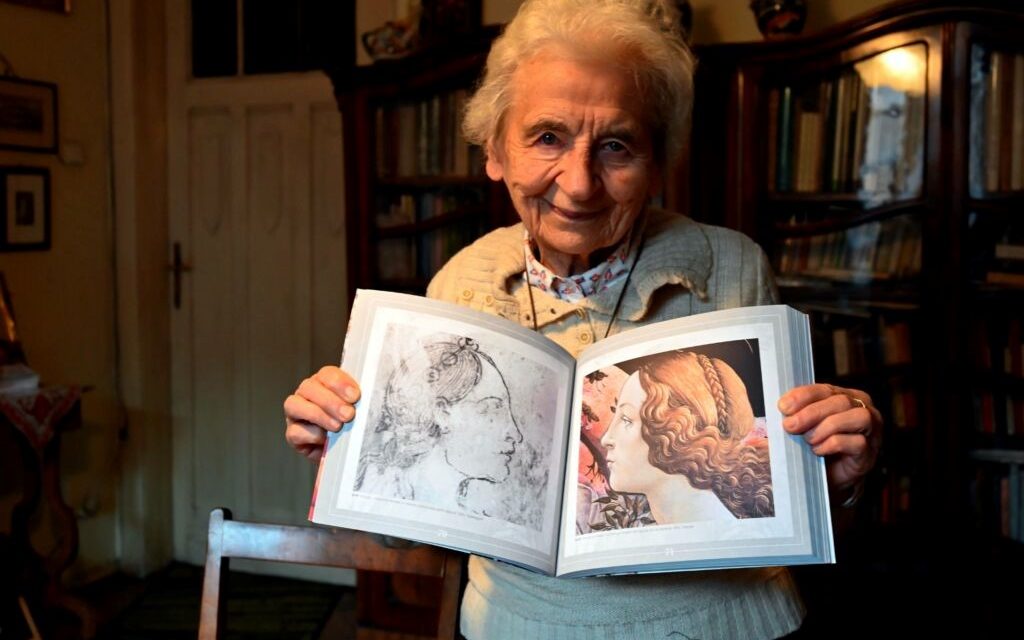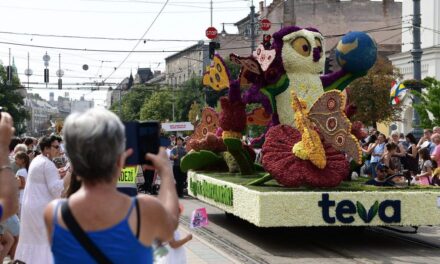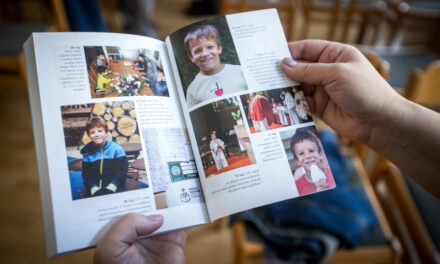The frescoes of Studioló in Esztergom could have been created by Botticelli, a unique painter of the Florentine quattrocento, art historian Mária Prokopp told Vasárnap, who also revealed how Botticelli came to the Kingdom of Hungary.
- There are many people who have not yet heard of János Vitéz's Studiolo in Esztergom and the sensational frescoes found there. What exactly are these?
- It is no coincidence that this fantastic work is not in the public consciousness, since the frescoes are located in a closed, still inaccessible part of the Esztergom castle. The study itself was only found in the 1930s. The archaeologist who was excavating at the time assumed that the ruins of St. István's palace could be under the hill visible on the southern corner of the castle hill. During the excavation, it was revealed that it was not Szent István, but its III. His palace, renovated by Béla, is hidden underground. This is the one that was also rebuilt by Archbishop János Vitéz of Esztergom in 1465-1467. During the Turkish battles in Esztergom, most of the building collapsed and buried János Vitéz's first-floor study, the studio, under it. During the subjugation, the Esztergom castle often became a battlefield. A cannon emplacement was also established on the ruins of the studio horse.
Incredibly, despite the fact that the fresco was underground for 340 years, it remained relatively intact! The earth, which was completely compacted over the centuries, protected the inner side walls of the building, one of which shows the allegory of the four cardinal virtues.
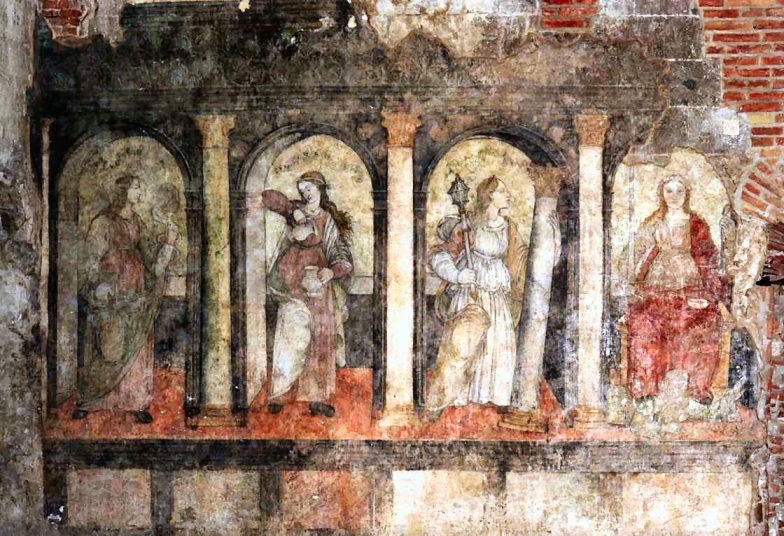
The depiction of the four Virtues preserved in János Vitéz's Studiolo (Source: Zsuzsanna Wierdl/Mária Prokopp)
- Why do they think that Botticelli created the fresco?
– We know that János Vitéz had lively relations with Italian city-states and universities. We do not have archival sources as to who commissioned the creation of the murals, but for the history of art, the artistic work itself is much more important than written data. This was left in Esztergom, luckily for us, in the initial, foundation phase of the creation, because the upper layer, which the artist painted mainly with the al secco technique, was peeled off during the Turkish wars. You can definitely infer the identity of the artist from this!
The underlining of the Esztergom fresco, the representation of the figures, their faces, movements, clothing and coloring also make it clear that we are facing one of the earliest works of the unique painter of the Florentine quattrocento, Sandro Mariano, known as the beast, Botticelli.
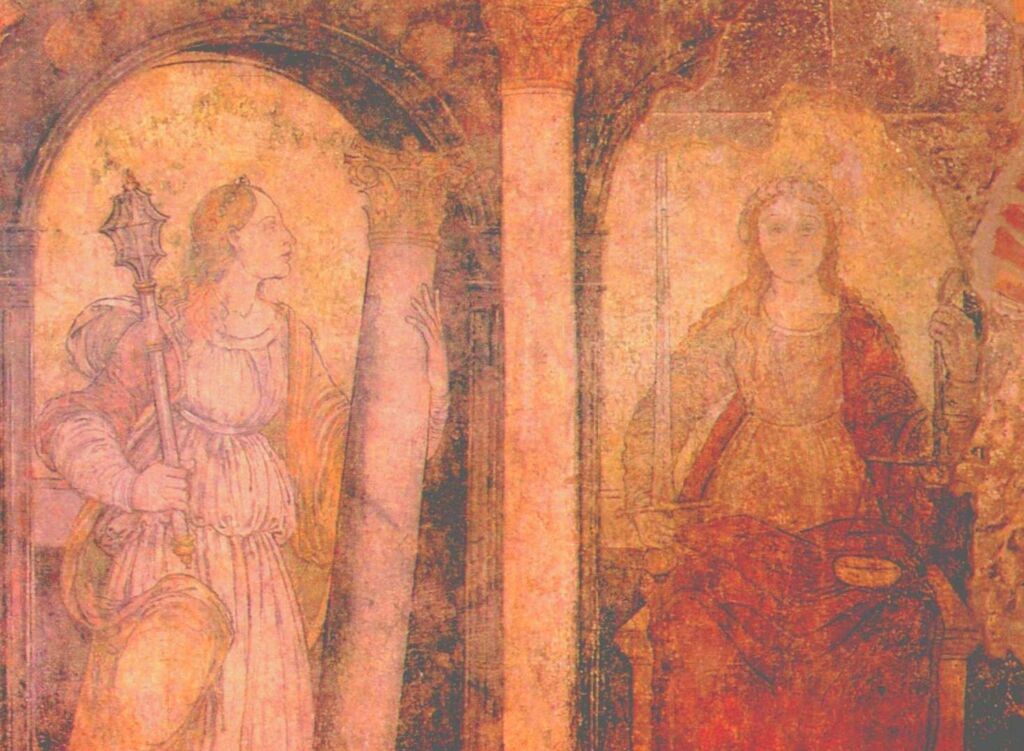
Detail of a studio horse in Esztergom (Source: Wikipedia.hu)
– To what extent did you manage to get your research results accepted?
– After the 2007 conference in Florence, in 2017 we organized an international conference in Esztergom on the Studioloi of Renaissance Europe. Here, a French researcher said that if the Studiolo is not Botticelli, then the Birth of Venus cannot be either. In 2016, the director of the Uffizi gallery dedicated an entire day to standing on the stand and studying the details of the fresco up close. He was fascinated by the miracle, by the incredibly high standard. He said that he would investigate all of this further, but unfortunately he is no longer the director. The question will only get a definite answer if the cleaning of the mural ensemble is completed.
Today, this is primarily a question of finances.
We received the answer from the new director of the Hungarian National Museum, L. Simon László - who is also the supervisor of the Esztergom Castle Museum - that there will be funds to complete the restoration, and that the presentations of the 2017 conference will also be published by May this year.
Source: vasarnap.hu
the full interview of Gábor Tóth here .
Featured image: Gábor Tóth

